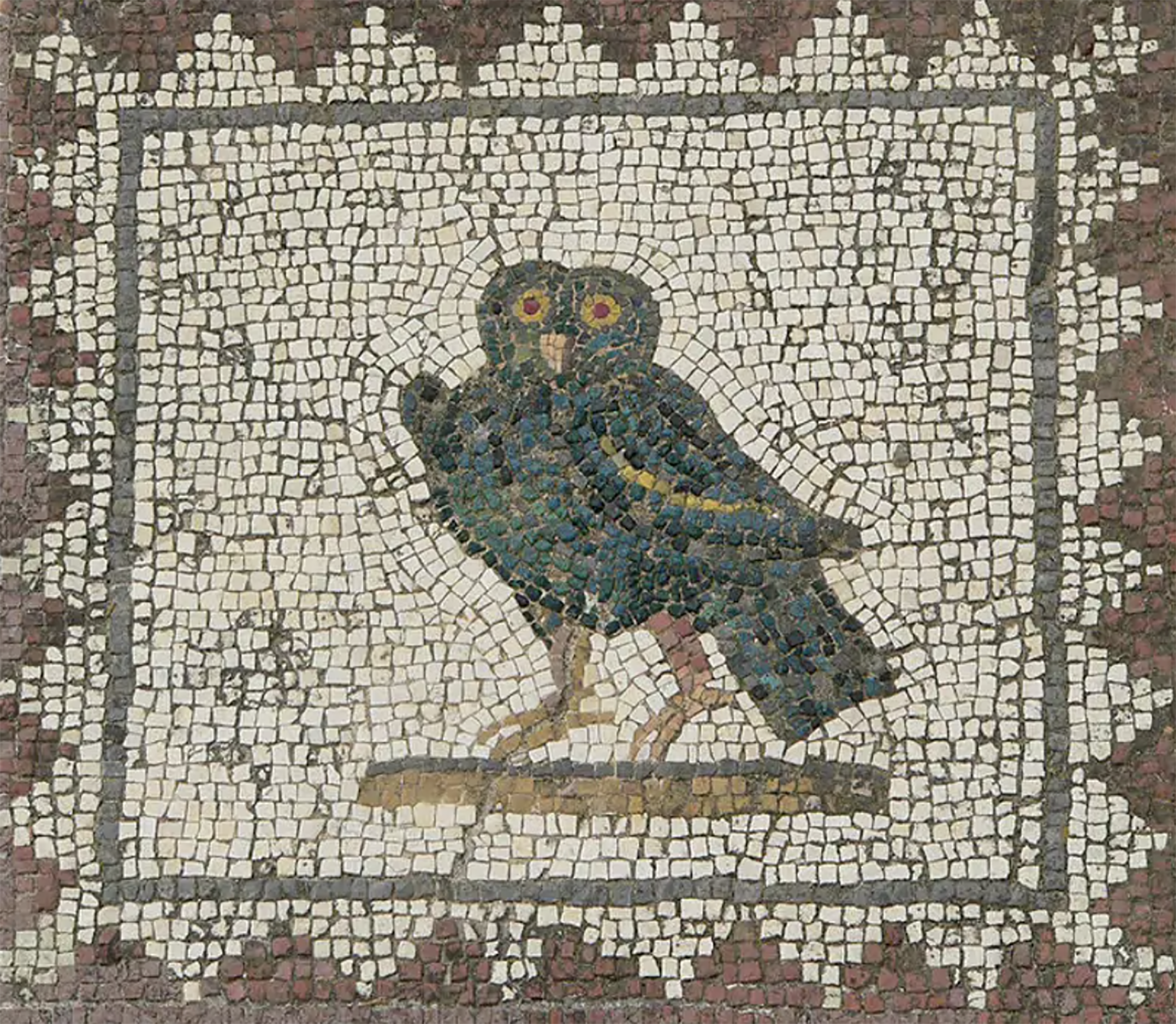Anti-masturbation cereals

Michigan, United States 1888. The director of Battle Creek Sanatorium, John Harvey Kellogg, published Treatments for Abuse and Its Consequences, clear data for old and young people. Kellogg was a fervent anti-masturbation activist. He was one of the most serious diseases of the human being: “Pests, war, smallpox or similar diseases have not produced such deplorable results in humans as onanism. (...) Causes uterine cancer, urinary tract diseases, impotence, insanity and mental and physical weakness.” If the treatment did not cure the patients in the hospital, the doctor was clear about why: he masturbated in hiding.
But he also proposed solutions to avoid all the bad effects of masturbating. For young children, the most effective remedy was to circumcise themselves, especially if the operation was performed without anesthesia, and the greater the pain, the less desire they would have to give to sin. For girls, the “cure” was even more correct: chemical ablation by pure clitoral phenol.
Fortunately, Kellogg’s measures were also too extreme for American Catholic society at the time, and had no practical application. But the doctor did not give in to the crusade against onanism and found an indirect way to reduce the malignant voracity of men and women: the diet.
“For the person who feeds on pork, bread and sweet cake, drinking tea and smoking tobacco is easier to fly than having clean thoughts,” he said. I thought that the diet of Americans encouraged lust and that a cleaner diet could also wash away sins. So he decided to change the eating habits of his fellow citizens, and he got it from the next morning, from breakfast, at home. In 1897 he began to produce and market dried whole grains. And in 1906 he laid the first stone of the gigantic grain empire: He founded the Corn Flake Company. Today in the world, 5.5 million packets of Corn Flakes are consumed daily. But humanity has continued to empirically demonstrate that Kellogg's theories about the effects of masturbation have no scientific basis.
Martxoak 3ko sarraskiaren 49. urteurrena beteko da astelehenean. Grebetan eta asanblada irekietan oinarritutako hilabetetako borroka gero eta eraginkorragoa zenez, odoletan itotzea erabaki zuten garaiko botereek, Trantsizioaren hastapenetan. Martxoak 3 elkartea orduan... [+]
1976ko martxoaren 3an, Gasteizen, Poliziak ehunka tiro egin zituen asanbladan bildutako jendetzaren aurka, zabalduz eta erradikalizatuz zihoan greba mugimendua odoletan ito nahian. Bost langile hil zituzten, baina “egun hartan hildakoak gehiago ez izatea ia miraria... [+]
Memoria eta Bizikidetzako, Kanpo Ekintzako eta Euskarako Departamentuko Memoriaren Nafarroako Institutuak "Maistrak eta maisu errepresaliatuak Nafarroan (1936-1976)" hezkuntza-webgunea aurkeztu du.
Urruña, 1750eko martxoaren 1a. Herriko hainbat emakumek kaleak hartu zituzten Frantziako Gobernuak ezarritako tabakoaren gaineko zergaren aurka protesta egiteko. Gobernuak matxinada itzaltzeko armada bidaltzea erabaki zuen, zehazki, Arloneko destakamentu bat. Militarrek... [+]
Ezpatak, labanak, kaskoak, fusilak, pistolak, kanoiak, munizioak, lehergailuak, uniformeak, armadurak, ezkutuak, babesak, zaldunak, hegazkinak eta tankeak. Han eta hemen, bada jende klase bat historia militarrarekin liluratuta dagoena. Gehien-gehienak, historia-zaleak izaten... [+]
Martxoaren 3ko Memoriala hornitzeko erabiliko dira bildutako objektuak. Ekimena ahalik eta jende gehienarengana iristeko asmoz, jardunaldiak antolatuko ditu Martxoak 3 elkarteak Gasteizko auzoetan.
In the Maszycka cave in Poland, remains of 18,000 years ago were found at the end of the 19th century. But recently, human bones have been studied using new technologies and found clear signs of cannibalism.
This is not the first time that a study has reached this conclusion,... [+]
Porzheim, Germany, February 23, 1945. About eight o’clock in the evening, Allied planes began bombing the city with incendiary bombs. The attack caused a terrible massacre in a short time. But what happened in Pforzheim was overshadowed by the Allied bombing of Dresden a few... [+]
Judea, 2nd century AD. In the turbulent atmosphere of the Roman province, a trial was held against Gaddaliah and Saul, accused of fraud and tax evasion. The trial was reported on a 133-line paper in Greek (pictured). Thinking that it was a Nabataean document, the papyrus was... [+]
Poloniar ikerlari talde batek Sevillako Italica aztarnategiko Txorien Etxea aztertu du, eta eraikinaren zoruko mosaikoak erromatar garaiko hegazti-bilduma xeheena dela ondorioztatu du.
Txorien etxean 33 hegazti daude mosaikoetan xehetasun handiz irudikatuta. Beste... [+]






















